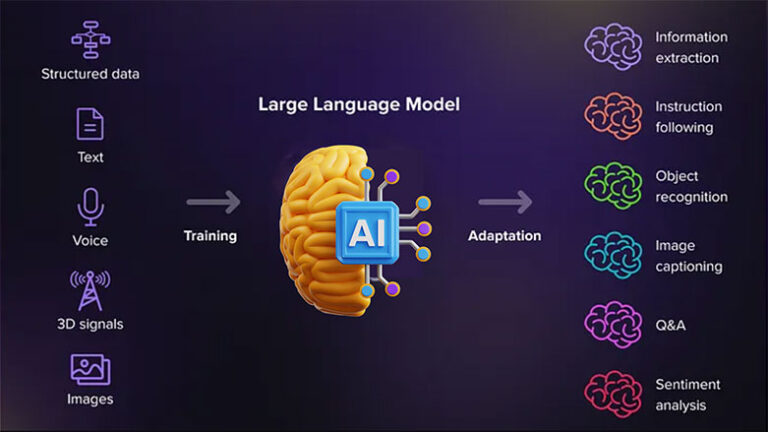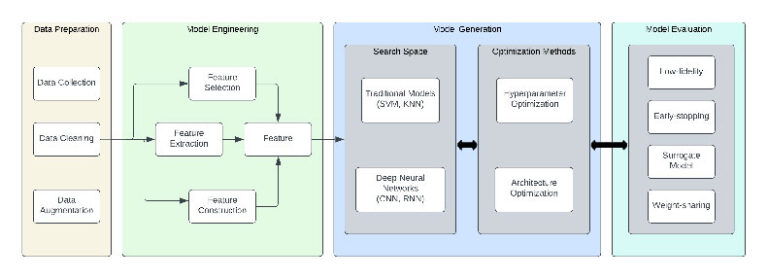Naive Bayes
What is Naive Bayes?
Naive Bayes: A Beginner’s Guide to Understanding the Algorithm
Naive Bayes is a simple yet powerful machine learning algorithm that is widely used for classification tasks. In this article, we will explore what Naive Bayes is, how it works, and its applications in various fields.
What is Naive Bayes?
Naive Bayes is a probabilistic classifier based on Bayes’ theorem with an assumption of independence between features. It is called “naive” because it assumes that the presence of a particular feature in a class is unrelated to the presence of any other feature.
The algorithm is particularly useful for text classification tasks, such as spam detection, sentiment analysis, and document categorization. It is also popular in the field of medical diagnosis, where it can be used to predict the likelihood of a patient having a particular disease based on their symptoms.
How does Naive Bayes work?
Naive Bayes calculates the probability of a given sample belonging to a particular class based on the probabilities of the individual features. The algorithm makes a strong assumption that all features are independent, which simplifies the calculation of probabilities.
To classify a new sample, Naive Bayes calculates the probability of the sample belonging to each class and selects the class with the highest probability as the predicted class. This is done using Bayes’ theorem, which states:
P(class|features) = P(features|class) * P(class) / P(features)
Where:
– P(class|features) is the probability of the sample belonging to a particular class given its features
– P(features|class) is the likelihood of the features given the class
– P(class) is the prior probability of the class
– P(features) is the overall probability of the features
Types of Naive Bayes classifiers
There are several different types of Naive Bayes classifiers, each of which makes slightly different assumptions about the distribution of the data. The three most common types are:
1. Gaussian Naive Bayes: Assumes that the features follow a normal (Gaussian) distribution.
2. Multinomial Naive Bayes: Assumes that the features are generated from a multinomial distribution, which is commonly used for text classification tasks.
3. Bernoulli Naive Bayes: Assumes that the features are binary (i.e., present or absent).
Each type of Naive Bayes classifier is suited to different types of data and can be selected based on the characteristics of the dataset.
Applications of Naive Bayes
Naive Bayes is a versatile algorithm that has a wide range of applications in various fields. Some of the common applications of Naive Bayes include:
1. Spam detection: Naive Bayes is commonly used for spam detection in email filtering systems. By analyzing the content of incoming emails, the algorithm can classify them as either spam or non-spam based on the presence of certain keywords or phrases.
2. Sentiment analysis: Naive Bayes can be used to analyze the sentiment of text data, such as social media posts or product reviews. By classifying the text as positive, negative, or neutral, businesses can gain insights into customer opinions and preferences.
3. Medical diagnosis: Naive Bayes is used in medical diagnosis to predict the likelihood of a patient having a particular disease based on their symptoms and test results. By analyzing the patient’s data, the algorithm can provide recommendations for further testing or treatment.
In conclusion, Naive Bayes is a simple yet powerful algorithm that is widely used for classification tasks in machine learning. By making the assumption of independence between features, Naive Bayes can efficiently classify new samples based on their characteristics. With its applications in spam detection, sentiment analysis, and medical diagnosis, Naive Bayes continues to be a valuable tool for data analysis and decision-making.




